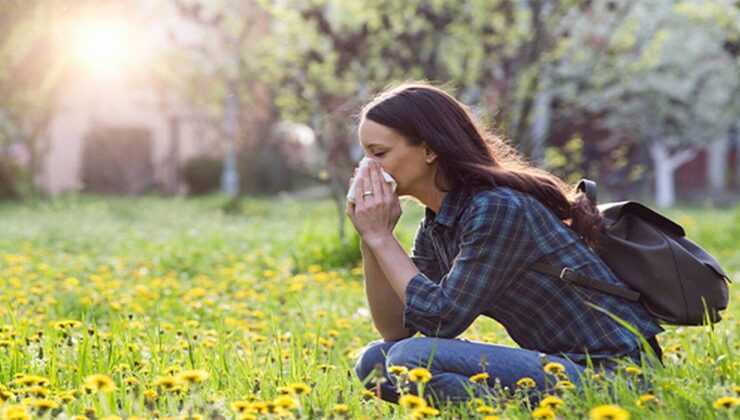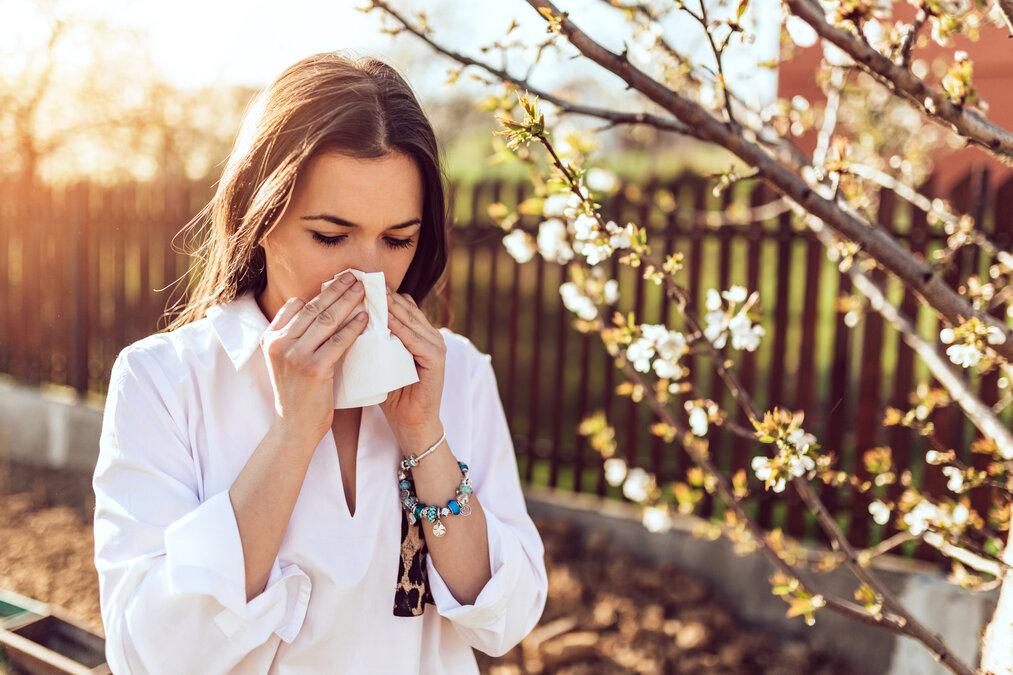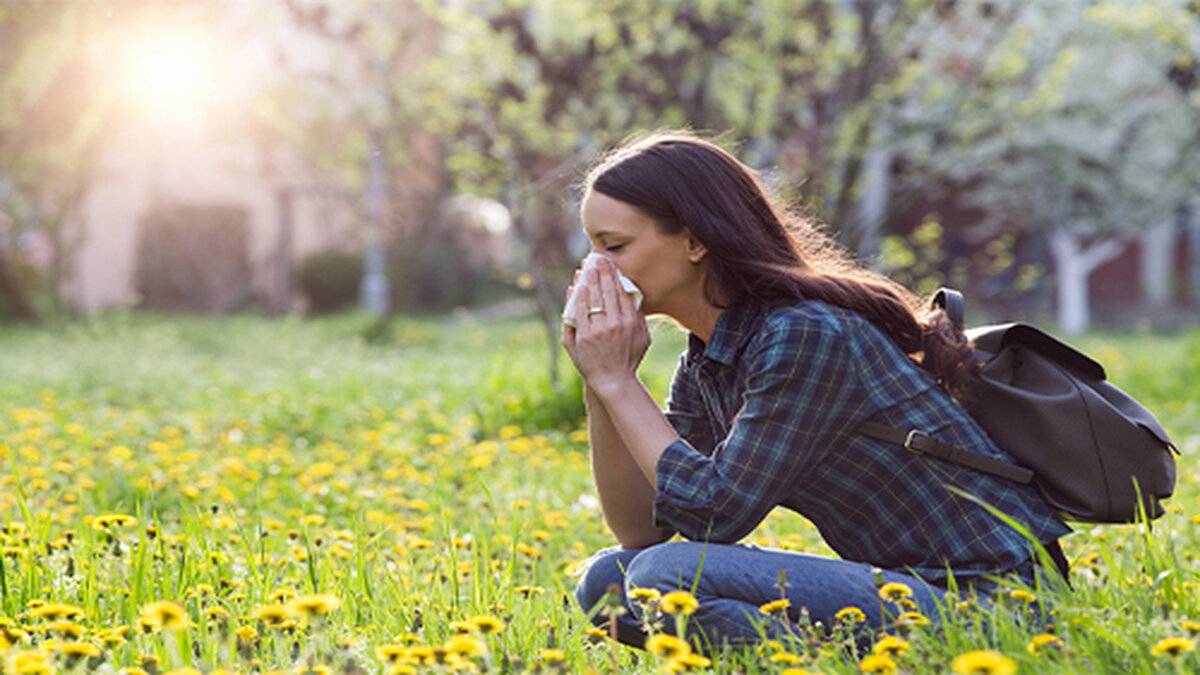

PARÇALI BULUTLU
SABAHA KALAN SÜRE


Spring allergy, commonly referred to as seasonal allergic rhinitis or hay fever, emerges when the immune system mistakenly reacts to airborne pollen during the spring and fall seasons. This reaction is the body’s defense mechanism against what it perceives as harmful substances, resulting in the release of chemicals like histamine. These chemicals trigger symptoms such as a runny nose, sneezing, and itchy eyes. The primary culprits for spring allergies are pollen from various plants:
Tree pollen: Oak, poplar, sycamore, birch, pine, etc.
Grass pollen: Wheatgrass, meadow grass, oats, etc.
Weed pollen: Chamomile, ragweed, wormwood, etc.

Spring allergy symptoms can intensify during periods of high pollen concentration. Below are the common symptoms experienced:
1. Persistent Sneezing: Pollen irritates the nasal mucosa, leading to frequent sneezing bouts, especially pronounced in the morning.
2. Runny and Stuffy Nose: To expel pollen, the body produces excess fluid in the nasal passages, causing a runny and congested nose. Note: In spring allergies, nasal discharge is typically clear and watery. A dark yellow or green discharge might indicate an infection.
3. Itchy and Watery Eyes: Contact with pollen can result in burning, itching, and watery eyes, a condition known as allergic conjunctivitis, which may also cause redness and swelling.
4. Itchy Throat and Cough: An allergic reaction can cause an itching sensation in the throat, often accompanied by a dry cough, especially in those with significant nasal discharge.
5. Weakness and Fatigue: Nasal congestion can disrupt sleep, leading to fatigue and low energy levels during the day.
While completely eliminating spring allergies isn’t feasible, you can take steps to alleviate symptoms. Here are some effective prevention strategies:
1. Limit Outdoor Exposure During Peak Pollen Times: Pollen levels are particularly high in the morning and during windy conditions.
Recommendation: Avoid going outside between 5:00 AM and 10:00 AM. Stay away from parks and gardens when it’s windy.
2. Change Clothes and Shower Upon Returning Home: After being outdoors, change your clothes and, if possible, wash your hair. Pollen can adhere to clothing and hair, potentially spreading within your home and affecting you overnight.
3. Shield Your Home and Car from Pollen: Home Measures: Keep windows and doors shut, especially in the morning. Regularly clean ventilation filters and consider using air purifiers with pollen filters.
Car Measures: Keep windows closed and regularly change the air conditioning filter.
4. Rinse Your Nose with Saline Solution: Pollen can adhere to the nasal passages, causing sneezing and a runny nose. Using a saline spray or solution to cleanse your nose can alleviate allergy symptoms by removing pollen.
5. Follow a Nutritious Diet for Immune Support: Consuming foods that enhance the immune system and regulate histamine levels can help mitigate spring allergy severity. Recommended foods include:
Avoid:
SİGORTA
1 gün önceSİGORTA
2 gün önceDÜNYA
11 gün önceSİGORTA
14 gün önceSİGORTA
14 gün önceSİGORTA
14 gün önceSİGORTA
15 gün önce 1
Elon Musk’s Father: “Admiring Putin is Only Natural”
11382 kez okundu
1
Elon Musk’s Father: “Admiring Putin is Only Natural”
11382 kez okundu
 2
Minnesota’s Proposed Lifeline Auto Insurance Program
9335 kez okundu
2
Minnesota’s Proposed Lifeline Auto Insurance Program
9335 kez okundu
 3
Introducing Vivo Y300 Pro+: A Blend of Power and Affordability
7292 kez okundu
3
Introducing Vivo Y300 Pro+: A Blend of Power and Affordability
7292 kez okundu
 4
What’s the best car insurance for seniors?
5947 kez okundu
4
What’s the best car insurance for seniors?
5947 kez okundu
 5
American Nurse Survives Harrowing Moped Crash in Thailand
2176 kez okundu
5
American Nurse Survives Harrowing Moped Crash in Thailand
2176 kez okundu
Veri politikasındaki amaçlarla sınırlı ve mevzuata uygun şekilde çerez konumlandırmaktayız. Detaylar için veri politikamızı inceleyebilirsiniz.